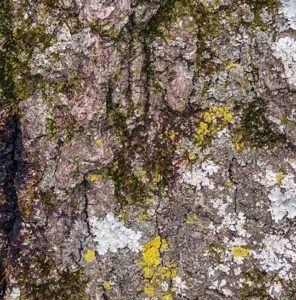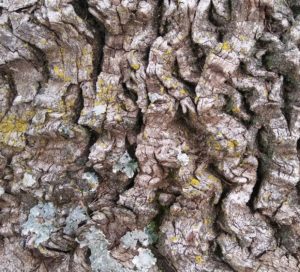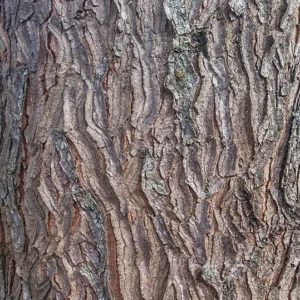We all know trees are good for so many things; producing oxygen, providing food and habitat for wildlife, offering shade on a sunny day, filtering pollutants…the list goes on and on! Trees are often admired for their leaves, branches, roots, and fruits.
But did you know trees could also help you make art and identify different species? One of the organisms’ overlooked features is very good for this- tree bark! Many species have different types of bark for different adaptations. For instance, a Sycamore’s bark can be smooth, light grey, and white with peeling scales. It is possible the Sycamore sheds its bark because they tend to grow very close to the water and don’t need a thick, heavy bark to retain water at dryer times. This shedding might also prevent fungi, mosses, and lichens from growing on the tree.



You can make a beautiful bark rubbing to collect the textures of your favorite trees, or create your own tree identification guide. Follow the easy directions below and be sure to include your family and friends!
What you will need:
- Sheet(s) of strong paper
- Wax crayons
- Pencil
- Tape
- Stapler or paperclips to bind your book of bark
What do to:
- Choose a tree in your favorite park or in your own backyard
- Tape your paper to the bark of the tree at a safe height (make sure you are standing safely on the ground)
- Grab your crayon and use the long side to firmly rub the paper
- As you gently rub the crayon on the paper, you will see the bark pattern appear
- Using a guide book you can identify the type of tree and write the name on your rubbing (some public parks have signage for you to read and learn about trees, plants, and wildlife)
- Make a cover page and bind your rubbings together for your complete bark guide!
Share your completed James River Explorers projects with us by posting a photo with the hashtag #JamesRiverExplorers and tag the James River Association. Happy exploring!

